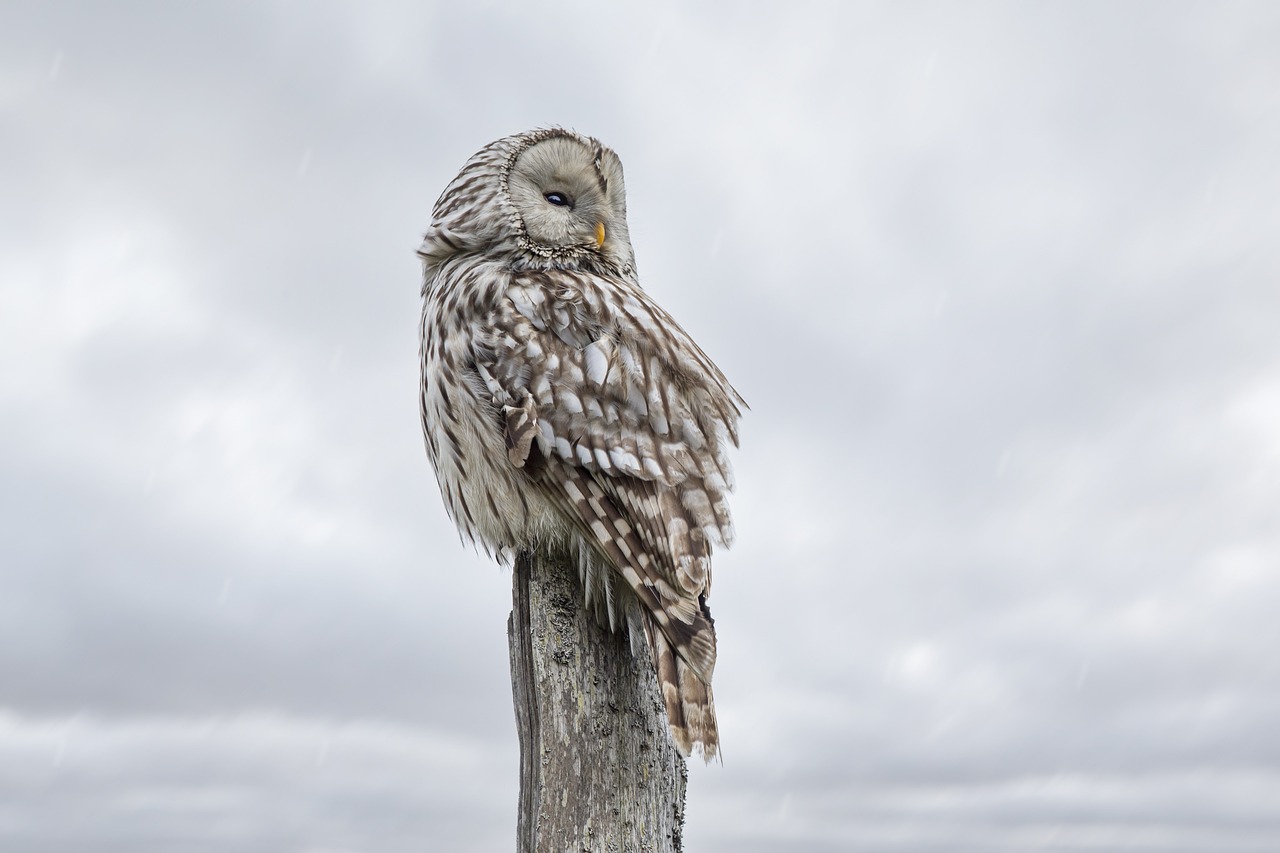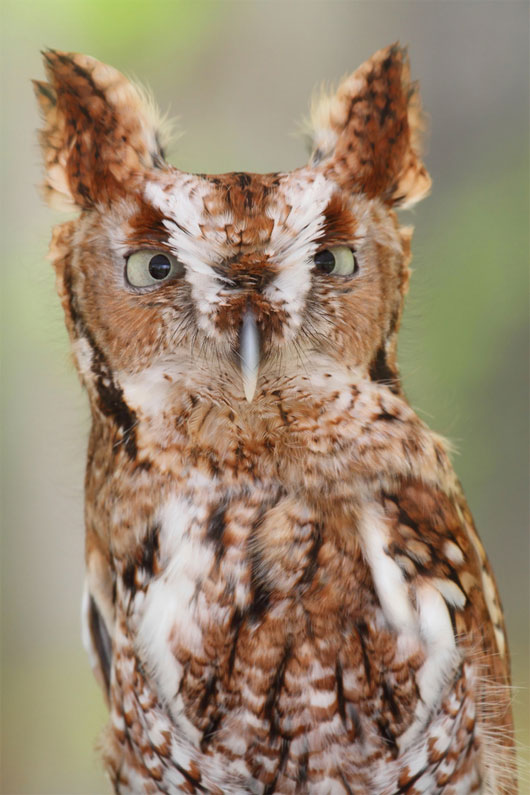The Enigmatic World of Screech Owls: Masters of Nocturnal Elegance

Screech owls, with their captivating presence and haunting calls, embody the mystical allure of nocturnal wildlife. These small and elusive owls belong to the genus Megascops, and their various species are spread across the Americas. In this article, we delve into the fascinating world of screech owls, exploring their characteristics, behavior, and significance in the realm of avian diversity.

Screech owls are characterized by their compact size, with adults typically ranging from 6 to 10 inches in height. Their striking features include prominent tufts of feathers resembling “ear” tufts, large expressive eyes, and distinctive facial disks that aid in sound localization during hunting. The coloration of screech owls varies widely among species, encompassing shades of gray, brown, red, and even vibrant hues such as orange or rust.

True to their owl nature, screech owls are adept nocturnal hunters. Under the cover of darkness, they employ their keen senses of hearing and vision to locate prey. Mice, insects, and small birds constitute the primary diet of these skilled hunters. Despite their relatively small size, screech owls are efficient predators, relying on stealth and surprise to capture their prey.

One of the most iconic features of screech owls is their vocalizations. Their haunting and distinctive calls, often resembling eerie trills or high-pitched whinnies, contribute to the nocturnal ambiance of their habitats. These calls serve various purposes, including establishing territory, communicating with mates, and signaling danger or aggression.

Screech owls exhibit a diverse range of habitats, from deciduous forests and woodlands to suburban areas and even urban parks. Their adaptability allows them to thrive in a variety of environments, making them a widespread and resilient group of owls. Different species of screech owls are found throughout North, Central, and South America.

While many species of screech owls are not currently considered endangered, their well-being is intricately tied to the health of their ecosystems. Habitat loss, urbanization, and pesticide use can impact these nocturnal hunters. Conservation efforts often focus on preserving and restoring natural habitats, raising awareness about the importance of these birds in pest control, and implementing responsible wildlife management practices.
Screech owls, with their enigmatic charm and nocturnal elegance, embody the wonders of the avian world. From their distinctive calls to their efficient hunting techniques, these owls captivate both bird enthusiasts and casual observers alike. As stewards of the night, screech owls play a vital role in maintaining ecological balance, underscoring the importance of conservation efforts to ensure their continued presence in the diverse tapestry of our natural world.



